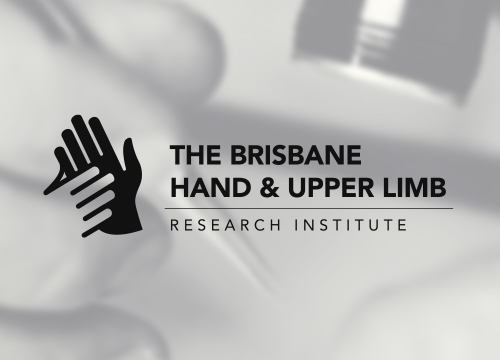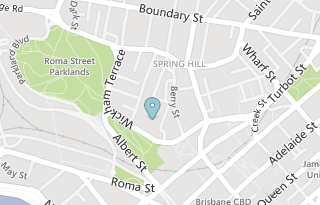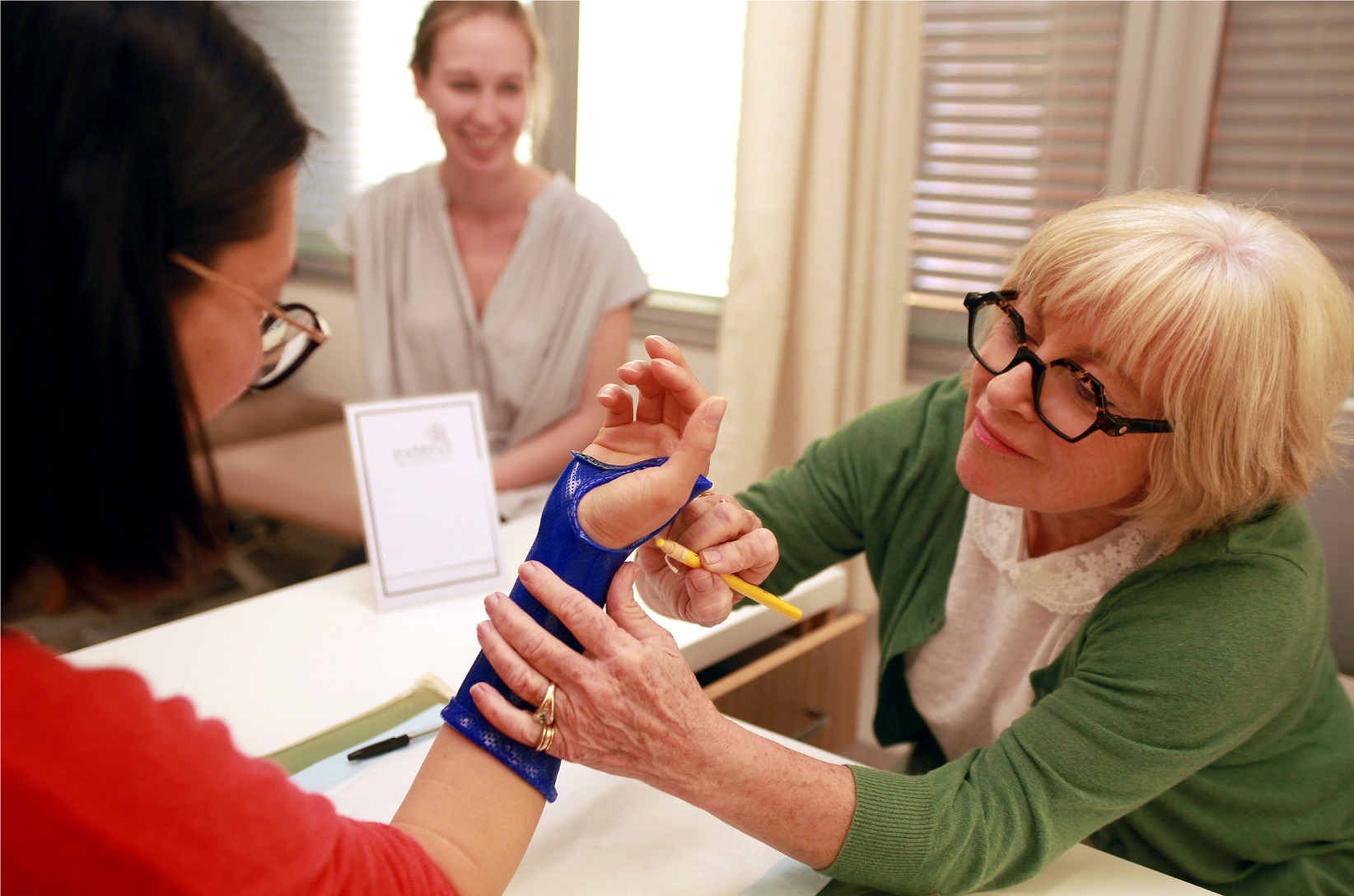Ross M, Gilpin D, Peters SE, Gilpin B, and Couzens GB.
Journal of Wrist Surgery 2015; 4(S02):A036.
DOI: 10.1055/s-0035-1567928.
Background: The purpose of this study was to evaluate whether removing the scaphotrapezoid joint (STj) for pantrapezial arthritis when performing a ligament reconstruction and tendon interposition (LRTI) resulted in any increase in carpal instability, compared with those patients who had an LRTI alone. We hypothesized that removing the proximal third of the trapezoid, and interposing tendon in the gap between the residual trapezoid and the distal scaphoid, for pantrapezial arthritis when performing LRTI surgery does not result in any increase in carpal instability or differences in clinical or radiological outcomes, compared with those patients who had an LRTI without STj excision.
Methods: In a consecutive cohort of 198 thumbs having surgery for carpometacarpal joint (CMCj) ± scaphotrapeziotrapezoid joint (STTj) arthritis, 78 patients were selected to generate two closely matched cohorts, and a cross-sectional review was completed of both clinical and radiological outcomes at an average of 41 months (range, 6–203). Mean average age was 65.17 (range, 53–84 years). There were no significant differences between groups with respect to age, sex, comorbidities, or baseline quality of life. Forty-three thumbs had LRTI alone where there was no STTj arthritis. Thirty-five had LRTI and excision/interposition of STj (with residual FCR tendon, after suspension, anchored to lateral capitate) for CMCj and STTj arthritis. Participants were reviewed both clinically and with an X-ray for standard thumb and carpal instability views. Independent-samples Mann–Whitney U tests were used to compare groups.
Results: The only significant difference between the groups was in favor of the LRTI for satisfaction visual analog scale (VAS; p < 0.001); however, this difference was small (median 99 vs. 90.5/100). No significant differences were detected between groups (median: LRTI vs. LRTI plus partial trapezoidectomy) for grip strength (20.6 kg vs. 18.3 kg), lateral pinch strength (4.6 kg vs. 4.5 kg), tip pinch strength (3.04 kg vs. 3.08 kg), Kapandji score (9 vs. 9.1), pain on normal activity VAS/100 (3 vs. 4), Patient-Rated Wrist Evaluation (PRWE; 9.75 vs. 10) or QuickDASH (Disabilities of the Arm, Shoulder and Hand) score (15.9 vs. 9.1). Radiographic analysis did not demonstrate significant differences between the groups (mean degrees: LRTI vs. LRTI plus partial trapezoidectomy) for radiolunate (RL) angle (11 vs. 13), capitolunate angle (12° vs 11°), scapholunate angle unloaded (55° vs. 54°), scapholunate angle loaded (50° vs. 49°). In both groups 10 patients had an RL angle > 15°. In the group with the ST joint excised, 2 had scaphoid and lunate extension, compared with 3 observed in the LRTI-alone group.
Discussion: We concluded that the management of CMCj arthritis should include careful preoperative and intraoperative assessment of the STTj. Management of STTj arthritis with LRTI and proximal trapezoid excision and tendon interposition into residual STj space appears satisfactory on short- to medium-term clinical and radiographic follow-up.




